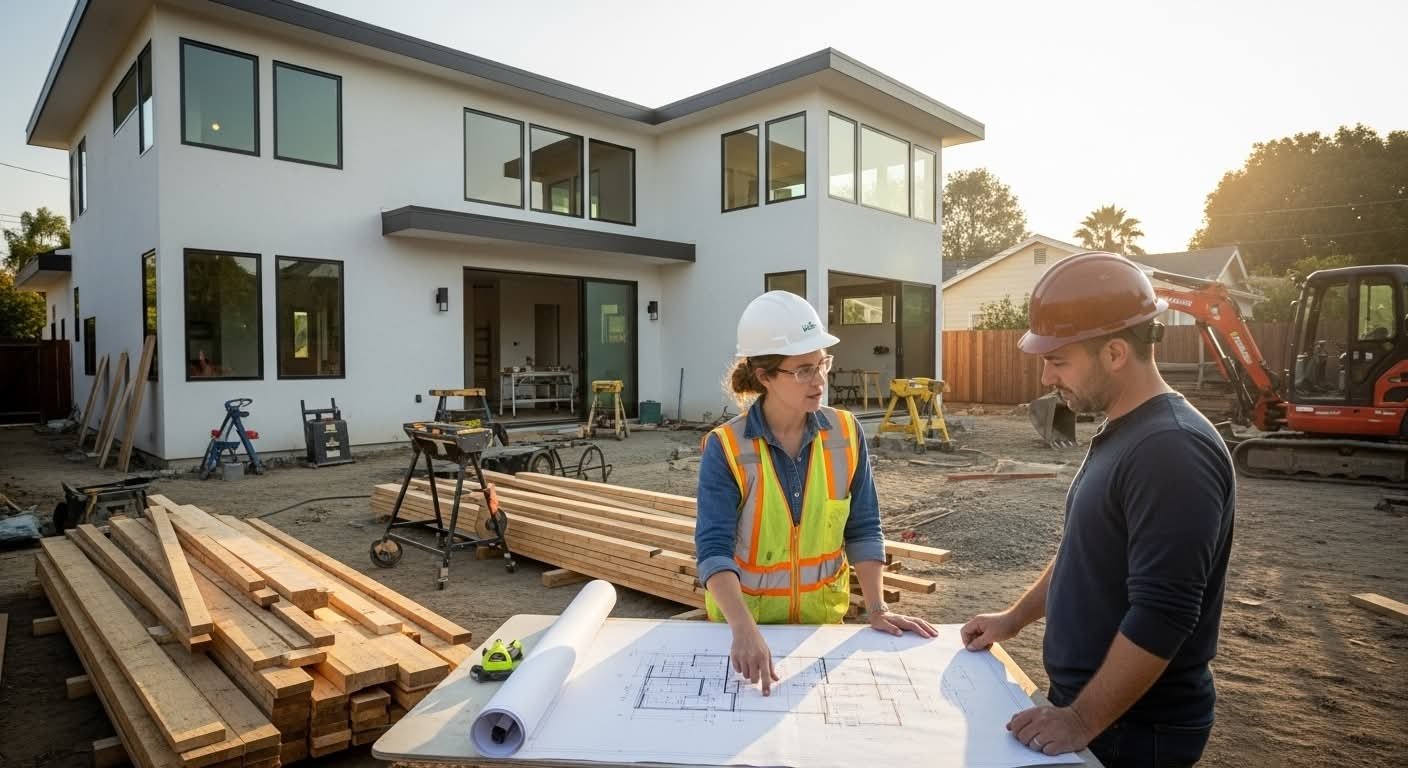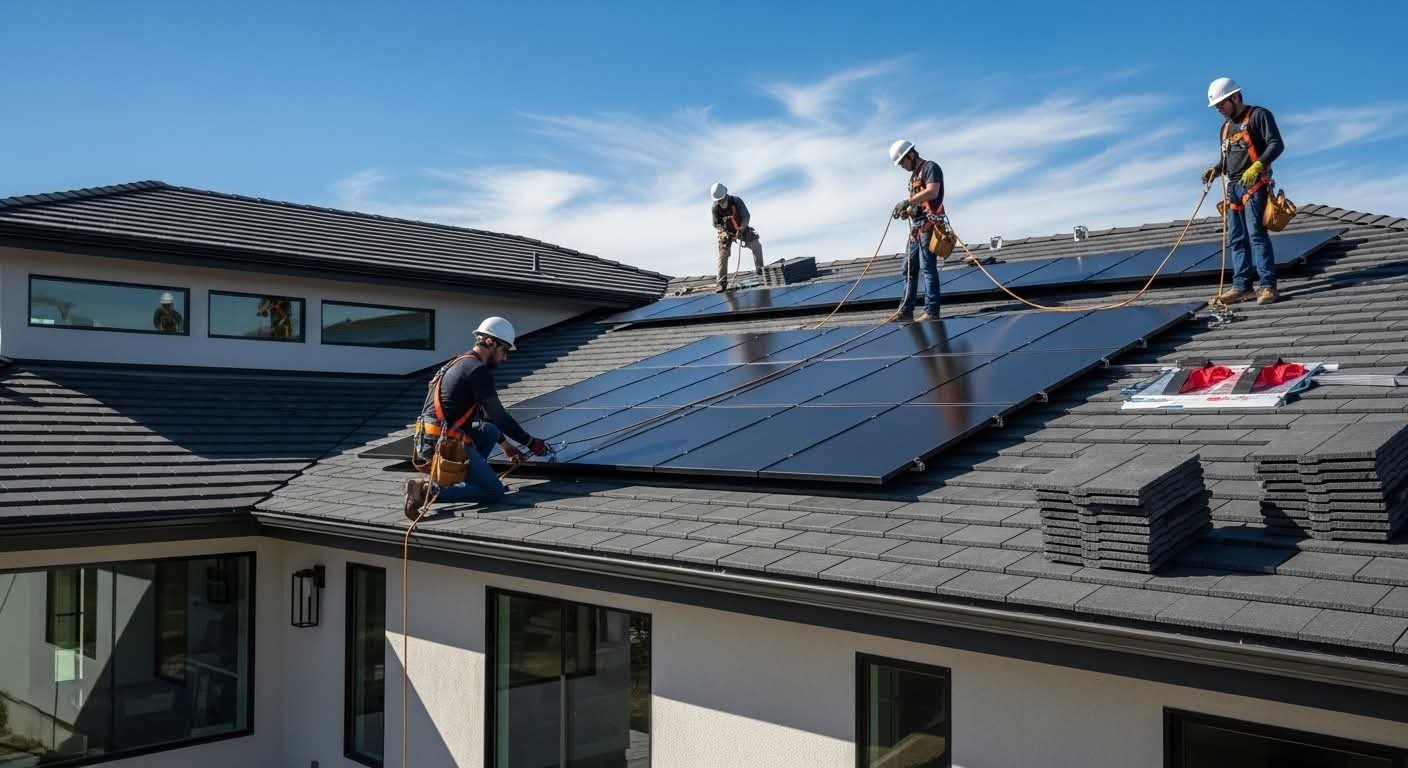
California ADU Guide: Everything You Need to Know
Accessory Dwelling Units (ADUs), also known as secondary housing units, are becoming increasingly popular in California as a smart solution to expand living space, address housing needs, and even generate additional income. With updated regulations, building an ADU has never been easier. This article provides a comprehensive guide to ADUs in California, covering legal requirements, costs, benefits, and the steps to get started.
What is an ADU?
An ADU is a standalone, smaller housing unit built on the same lot as the primary residence. ADUs can be:
- Detached ADU: A separate structure, often located in the backyard.
- Attached ADU: An extension of the main house, such as a converted basement or garage.
- Junior ADU (JADU): A smaller unit (under 500 sq.ft) within the main house, typically sharing utilities with the primary residence.
ADUs are ideal for housing family members, serving as a home office, or renting out for extra income.
Benefits of Building an ADU
- Increased Property Value: ADUs can boost your home’s value by 20-30%, according to studies in California.
- Passive Income: Renting out an ADU can provide a steady income stream, especially in high-demand areas like Los Angeles or San Francisco.
- Flexible Housing Solution: ADUs are perfect for multigenerational families or as a dedicated workspace.
- Addressing the Housing Crisis: ADUs help increase housing supply without the need for large apartment complexes.
Legal Regulations for ADUs in California

Thanks to recent laws (such as SB 9 and AB 68), California has relaxed ADU regulations to encourage construction. Key points include:
- Size Limits: Detached ADUs can be up to 1,200 sq.ft; JADUs up to 500 sq.ft.
- Parking Requirements: No additional parking is required if the ADU is near public transit or in certain designated areas.
- Approval Process: Cities must approve ADU applications within 60 days, barring specific issues.
- Lot Requirements: ADUs can be built on most single-family residential lots, with some exceptions.
- Renting: ADUs can be rented long-term (over 30 days), but short-term rentals (e.g., Airbnb) are restricted in some areas.
Note: Regulations may vary by city (e.g., Los Angeles, San Diego). Check with your local planning department for specific details.
Cost of Building an ADU
The cost of building an ADU depends on factors like size, design, and location. Average costs in California include:
- Detached ADU: $100,000 – $300,000.
- Attached ADU or JADU: $50,000 – $150,000.
- Additional Costs: Permitting fees (around $5,000 – $15,000), utility connection fees, and design costs.
Cost-Saving Tips:
- Use prefabricated (prefab) ADU designs to reduce costs and construction time.
- Explore local financing or loan programs for support.
- Consider converting an existing garage or space instead of building new.
Steps to Build an ADU
- Research Local Regulations: Contact your city’s planning department to understand specific requirements.
- Plan and Design: Work with an architect or contractor to create a compliant design.
- Apply for Permits: Submit a building permit application and await approval.
- Construction: Hire a reliable contractor and oversee the building process.
- Inspection and Completion: Ensure the ADU meets safety and regulatory standards before use.
Key Considerations
Common ADU Owner Mistakes

- Lot Restrictions: Confirm your lot meets size and setback requirements.
- Utilities: ADUs need to be connected to the main house’s utilities or have separate systems.
- Hire Reputable Contractors: Choose contractors with ADU experience to avoid complications.
Conclusion
Building an ADU is a fantastic way to optimize space, increase property value, and contribute to California’s housing solutions. With increasingly favorable regulations and diverse design options, now is the perfect time to start your ADU project. Contact your local authorities and professionals to ensure a smooth process.
If you need more information or assistance, feel free to leave a question or reach out to us!





